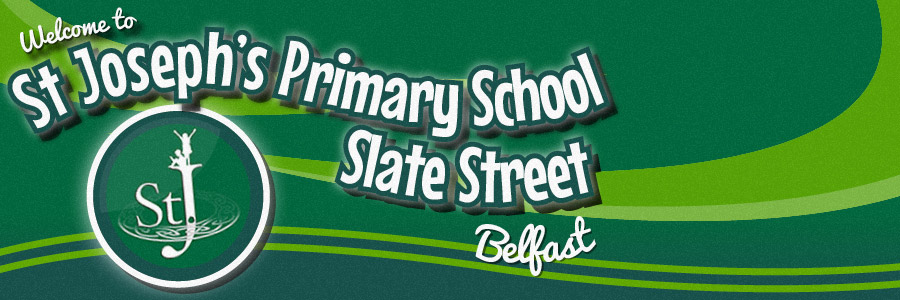Literacy wizards
Year 3 are working hard writing Explanations for their literacy work. Well done to all!
What is an explanation text?
An explanation text gives you information about a subject that you are interested in and would like to know more about.
This includes:
Structure
An explanation text usually starts with a statement that introduces the subject or topic to the reader, such as;
'Lots of animals like hedgehogs, badgers and mice hibernate during winter.'
Next there comes a series of steps that explain how things happen or the reasons why, such as;
'This is because it gets much colder and darker during the winter months.'
'When it gets colder, food like berries and insects become harder to find. Therefore, some animals find a safe place to sleep and store energy until the plants start to grow again and food is more plentiful.'
These steps continue until the question has been answered or the explanation is complete.
Present Tense
Explanation texts are usually written in the present tense because they are explaining how or why something happens. To do this they explain it as if it is happening now.
Connectives
Explanation texts usually use words called connectives that explain things in order, one after another.
Some of the connectives you might find are:
- Firstly
- Next
- Then
- After that
- Meanwhile
- Eventually
- Later
- Finally
Other connectives explain how things work or why things happen, such as:
- Because
- So
- This means
Diagrams and Pictures
Explanation texts often include diagrams, pictures or charts to help you understand.
Diagrams and charts always have a title, and pictures will always have a caption underneath.
Make sure that your caption explains exactly what is going on to help the reader to understand why it is there.
Writing an Explanation Text
Title
Titles that use words like 'how' or 'why', will help readers to understand what the text is about and make them want to find out more. For example:
'Why' do animals sleep through the winter?'
Paragraphs
You need to write in paragraphs to break up your text and make sure it follows a sequence. Use connectives like 'Firstly' and 'So' to put it in the right order.
Style
Use a question or a statement as your title. Keep this in mind so you stick to the point. Use the rest of your writing to make points that help to answer your question or support your statement.
Interesting facts
Throw in a few interesting facts to make your writing come alive and keep your reader interested.
Re-read
Re-read your explanation text when you have finished. Make sure you've answered your question or supported your statement.
Source: BBC Bitesize
St Josephs Primary School, 1a Slate St, Cullingtree Road, Belfast BT12 4LD Phone: 028 9032 3683
 Menu
Menu
































